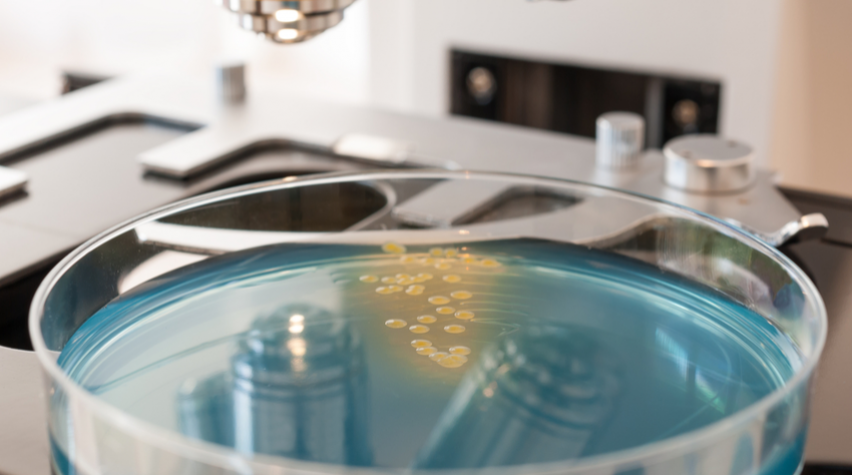
A new report released by the European Centre for Disease Prevention and control (ECDC) emphasizes that antimicrobial resistance remains one of the greatest public health threats today.
The authors of the report found that Salmonella bacteria that has shown resistance to three or more antimicrobials commonly used in human and animal medicines are the cause of 25 percent of infections in humans. The proportion is 76.3 percent in S. Kentucky and 39.4 percent in S. Infantis.
Campylobacter bacteria, which cause the most common food-borne disease in the EU, shows high resistance to widely used antibiotics—ciprofloxacin resistance is 54.6 percent in C. jejuni and 63.8 percent in C. coli, tetracyline resistance is 42.8 percent in C. jejuni and 64.8 percent in C. coli.
In some countries, at least one in three C. coli infections were multidrug-resistant to important antibiotics, leaving very few treatment options for severe infections.
According to the Centers for Disease Control and Prevention, each year in the U.S., at least two million people become infected with bacteria that is resistant to antibiotics and at least 23,000 people die each year as a direct result of the infections.
Does this inspire you as a biological engineer?
Just days ago, an editorial in The Washington Post drew attention to growing resistance to ceftriaxone in the fight against typhoid fever. And yesterday, an article in The Telegraph suggests that antibiotic resistant microbes could soon kill more in the UK than cancer.
Clearly, there is much work ahead, and biological engineers will have a hand in the many solutions that will be required. While many are daunted by the headlines, for biological engineers these frightening headlines can inspire a passion to find answers.
Are you a biological engineering student with an eye on tackling this challenge? In the comments below, tell us about where your passion for this subject came from and about your path as a biological engineer. Are you a biological engineer currently working towards solutions to this problem? Tell us a bit about your work and how your career and interests led you to where you are today.


